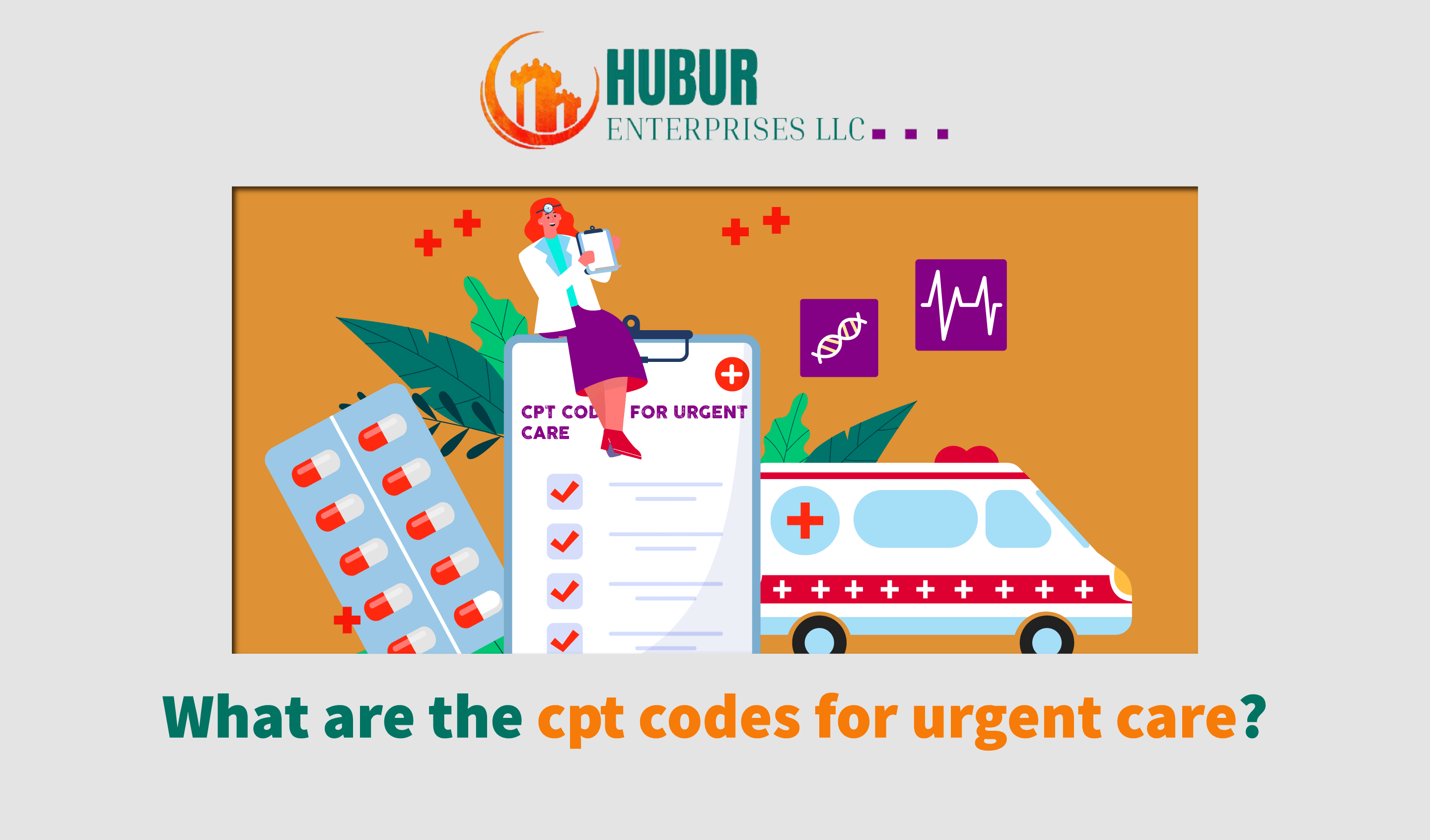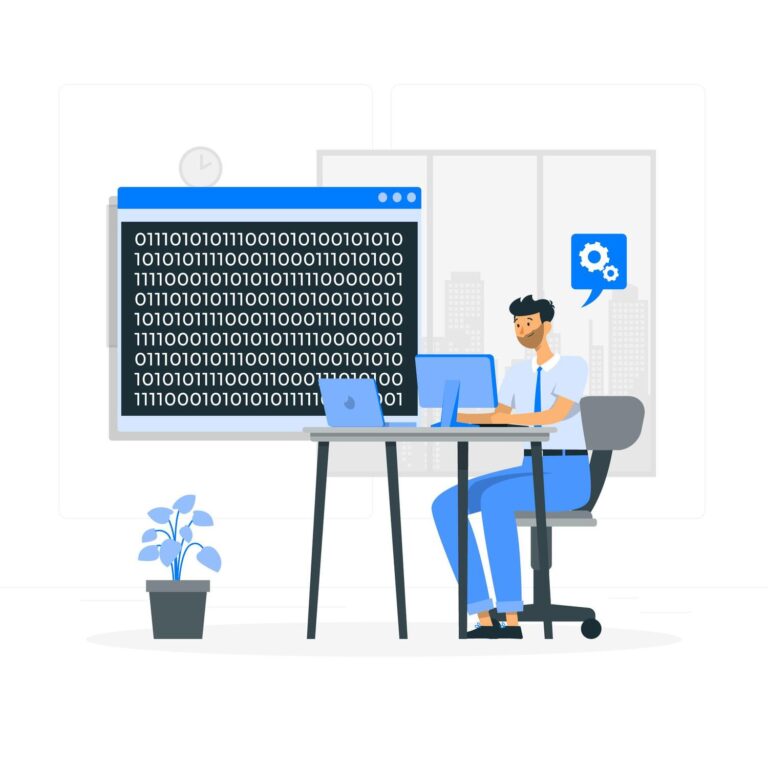
What Are the CPT Codes for Urgent Care?
If you’ve ever visited an urgent care clinic, you might wonder how billing works and what codes are used to process payments.
What are the CPT codes for urgent care? These codes, known as Current Procedural Terminology (CPT) codes, are essential for the accurate billing of medical services. They allow healthcare providers to document and bill for the treatments they offer.
In this blog, we’ll explore common CPT codes for urgent care visits, including the S9083 CPT code, 99203 CPT code, and more, while breaking down their meanings in a clear, easy-to-understand way.
What Are the CPT Codes for Urgent Care?
Understanding what are the CPT codes for urgent care is crucial for accurate billing and coding in medical services. CPT codes, or Current Procedural Terminology codes, are standardized by the American Medical Association to identify specific healthcare services.
When it comes to routine urgent care visits, codes like 99203 CPT code are frequently used. The 99203 code is typically for an office or other outpatient visit that requires a detailed history, a detailed examination, and medical decision-making of low complexity. This code is perfect for patients who require more attention than a basic checkup but are not in need of emergency-level care.
On the other hand, the 99212 CPT code is used for a lower-complexity visit, while the 99214 billing requirements indicate a higher-level visit with moderate complexity.
Key CPT Codes for Urgent Care Billing
- S9083 CPT code: A global fee typically used for urgent care facilities, where all services are combined under one rate.
- S9088 CPT code: This is billed alongside other codes when services are rendered at an urgent care facility.
- 99204 CPT code: Covers a 45–59 minute visit with a more complex medical evaluation.
- 99203 CPT code: Used for a moderate-intensity urgent care or office visit.
- 99212 CPT code description: This is for a lower-level office visit, typically involving minimal complexity.
- 99058 CPT code description: Additional services provided during an emergency, even within an urgent care setting, such as after-hours care.
Billing Guidelines for Urgent Care
Urgent care facilities follow unique billing guidelines. Codes like S9083 and S9088 cover flat fees for global billing, but offices may also use 99203 for detailed evaluations of new patients. Offices should also adhere to the guidelines set by urgent care billing departments to avoid claim denials.
Codes like CPT code 99204 and CPT code 99214 come with distinct time requirements and documentation needs, so it’s crucial to follow the latest guidelines when submitting claims.
A helpful tool for providers is an urgent care coding cheat sheet for 2023, which can simplify the complex coding process. From emergency department CPT codes to orthopedic billing guidelines, staying updated with the latest codes and their descriptions is key to smooth billing operations.
Wrapping Up: Why Is Coding Accuracy Important?
In conclusion, what are the CPT codes for urgent care? Understanding the most frequently used codes like S9083, 99203, and 99058 CPT codes can help both providers and patients ensure that billing for urgent care services is done efficiently and accurately.
Proper coding ensures that urgent care providers receive timely reimbursements and avoids complications with insurance claims. Whether it’s a routine urgent care visit CPT code or a more comprehensive emergency room CPT code, understanding the rules governing urgent care coding is essential for billing efficiency.
Following urgent care billing codes ensures that clinics receive appropriate compensation for services rendered, helping them avoid underpayment or errors in coding.
Hubur Enterprises LLC offers medical billing services with virtual healthcare assistants who are continuously trained to stay current with the latest CPT updates. This ensures that you can focus on patient care without the hassle of tracking changes in medical coding.



